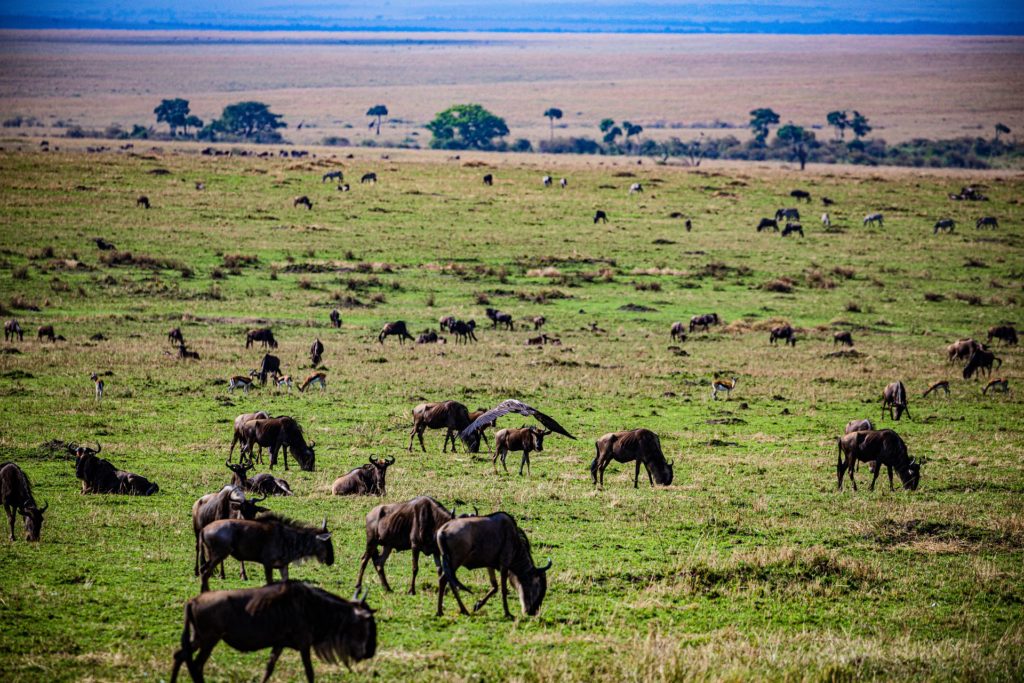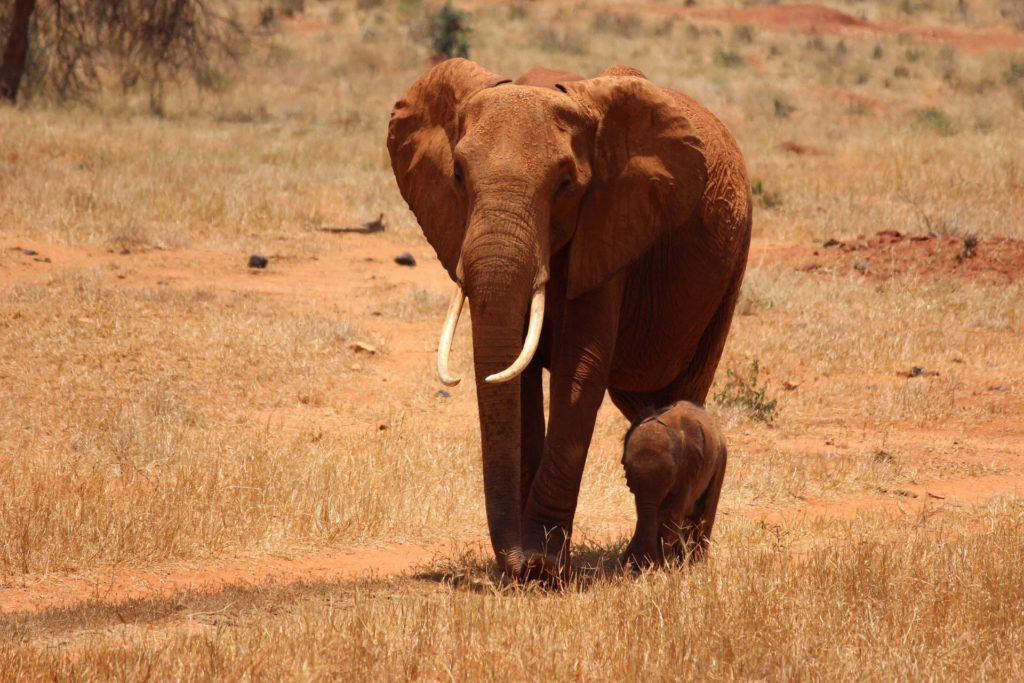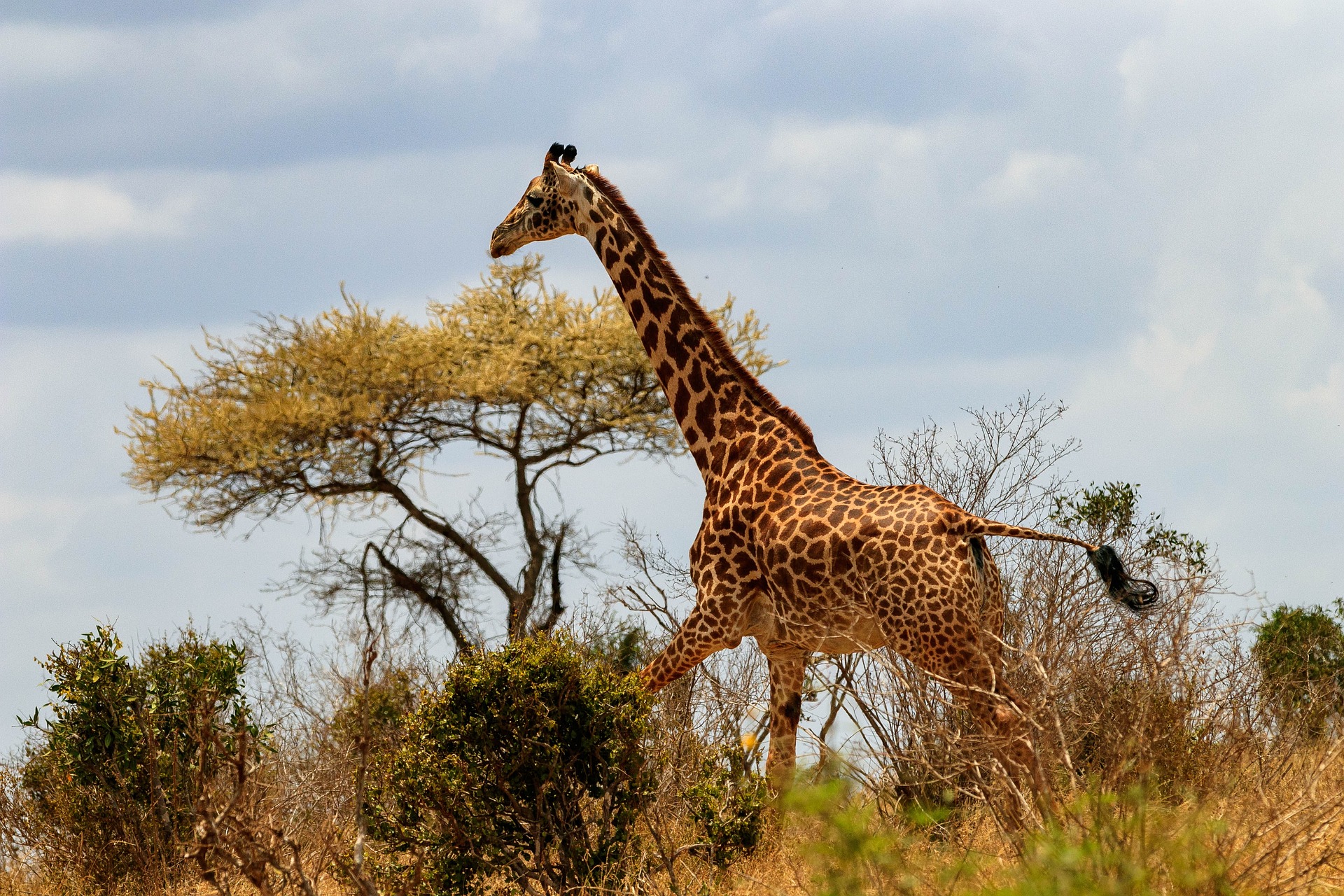Every year, when nature blesses Africa with harsh drought, one of the most impressive phenomena on our planet begins. Millions of wildebeests, Thomson's gazelles, and zebras gather in vast herds and embark on a long journey, searching for pastures and water to escape the relentless drought. This awe-inspiring migration procession is known as the Great Migration and is one of the most captivating spectacles in the natural world.

The Great Migration spans across various regions of East and Southern Africa, including national parks such as Maasai Mara in Kenya and Serengeti in Tanzania. Every year, the herds of animals embark on a journey spanning thousands of kilometers across savannahs, rivers, and plains, facing unpredictable dangers and overcoming incredible obstacles.

The massive herds of animals, moving in synchronized rhythm, create a breathtaking sight that is unforgettable. Dust clouds rise in the air, the thundering sounds of hooves fill the space, and the endless sea of wildebeests, gazelles, and zebras stretching to the horizon seems infinite.

This unparalleled natural phenomenon not only captivates with its beauty but also plays a vital ecological role. Migration allows animals to find new grazing lands, helping to maintain balance in natural ecosystems. By dispersing fertile soils and transferring nutrients, the Great Migration has a significant impact on the diversity of wildlife and the preservation of biological equilibrium in the region.

In addition to its significant ecological value, the Great Migration has become a popular tourist attraction in Kenya. The spectacle attracts a large number of tourists, who often combine it with a relaxing vacation at the resorts on the island of Zanzibar.

